17 Movies That Honestly Portray What It’s Like to Live with Anxiety
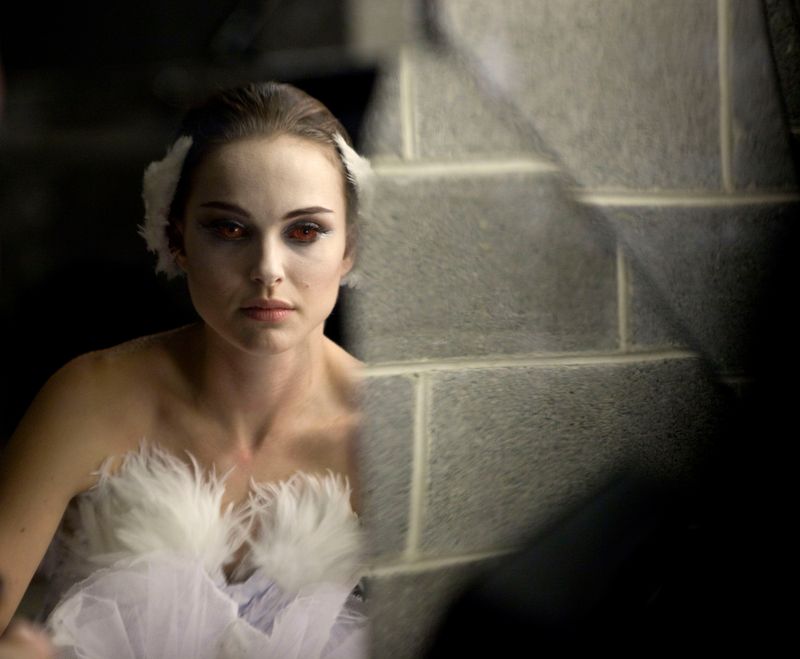
Movies have a unique power to show us the inner workings of the human mind, especially when it comes to anxiety. These films go beyond stereotypes to capture the racing thoughts, physical symptoms, and daily challenges that millions of people face. From panic attacks to social fears, these 17 movies offer realistic glimpses into anxiety’s many forms while reminding viewers they’re not alone in their struggles.
1. Silver Linings Playbook
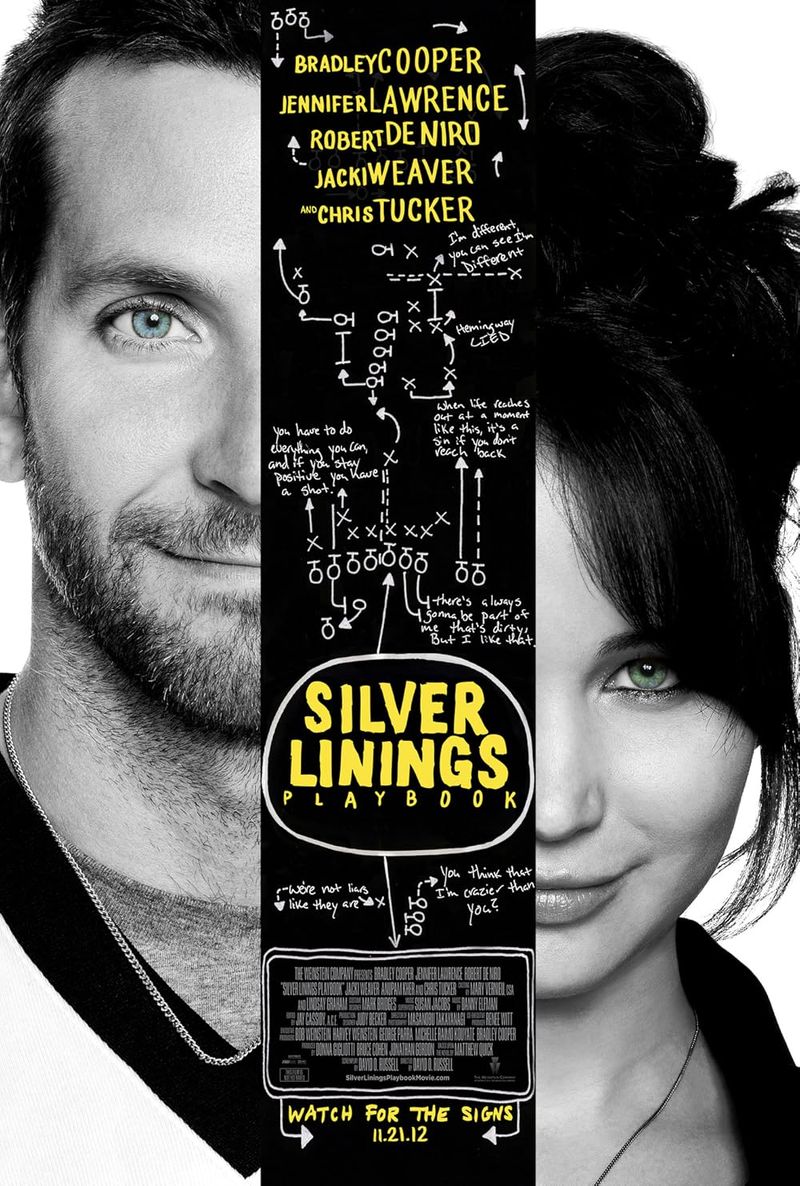
The raw intensity of Pat Solitano’s struggle with bipolar disorder and anxiety grabs you immediately, showing how overwhelming everyday interactions can become when anxiety hijacks your mind and emotions.
The film brilliantly portrays the physical manifestations of anxiety – the restlessness, the inability to filter thoughts, and the desperate search for control. Family dinner scenes become minefields of tension.
What makes this portrayal special is how it shows anxiety alongside hope. Pat’s coping mechanisms evolve throughout the story, demonstrating that living with anxiety isn’t just about the struggles but also about finding personal strategies that work.
2. The Perks of Being a Wallflower
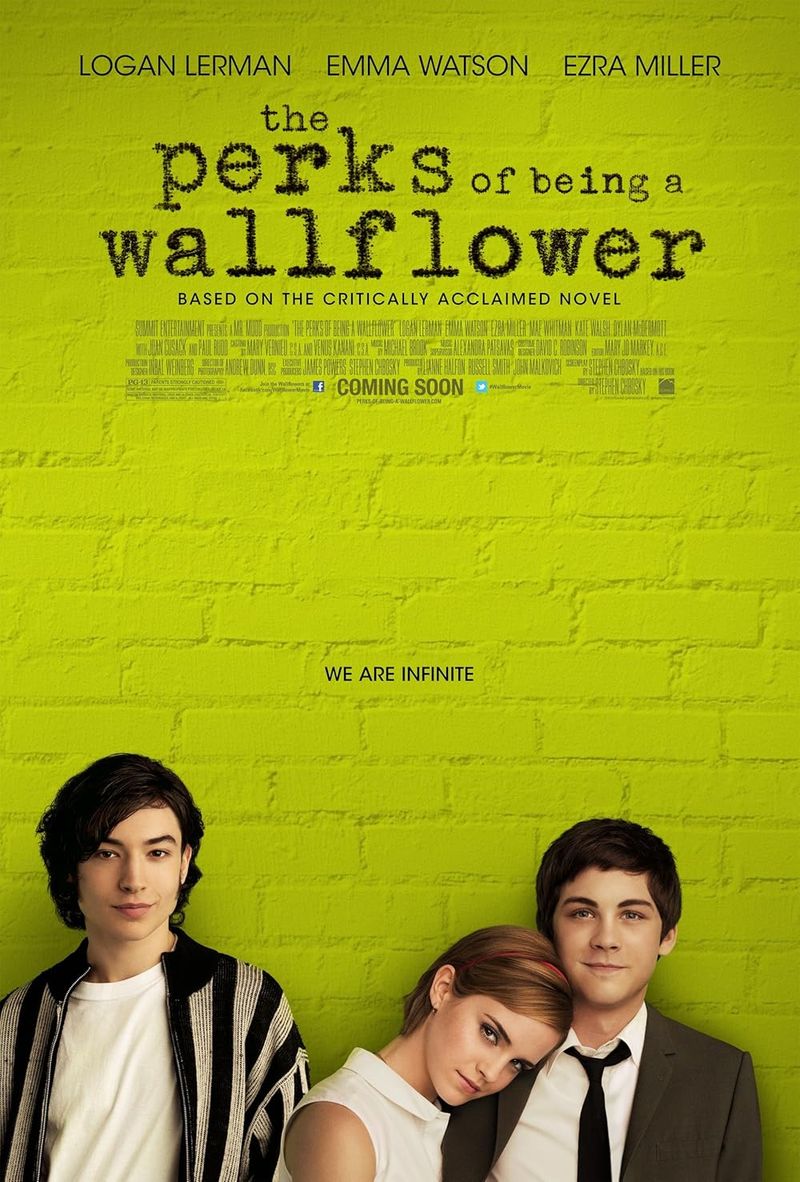
The cafeteria scenes reveal Charlie’s social anxiety as an unseen force, creating a barrier that traps him in place—caught between the desire to connect and the crippling grip of fear.
The film doesn’t just show anxiety as nervousness – it reveals the complex trauma beneath Charlie’s symptoms. His panic attacks come without warning, overwhelming him completely, just as they do for many anxiety sufferers.
What’s remarkable is how the movie depicts friendship as both a trigger and a healing force. Charlie’s journey shows that recovery isn’t linear – there are setbacks alongside breakthroughs. His story offers hope without simplifying the ongoing nature of anxiety management.
3. Black Swan
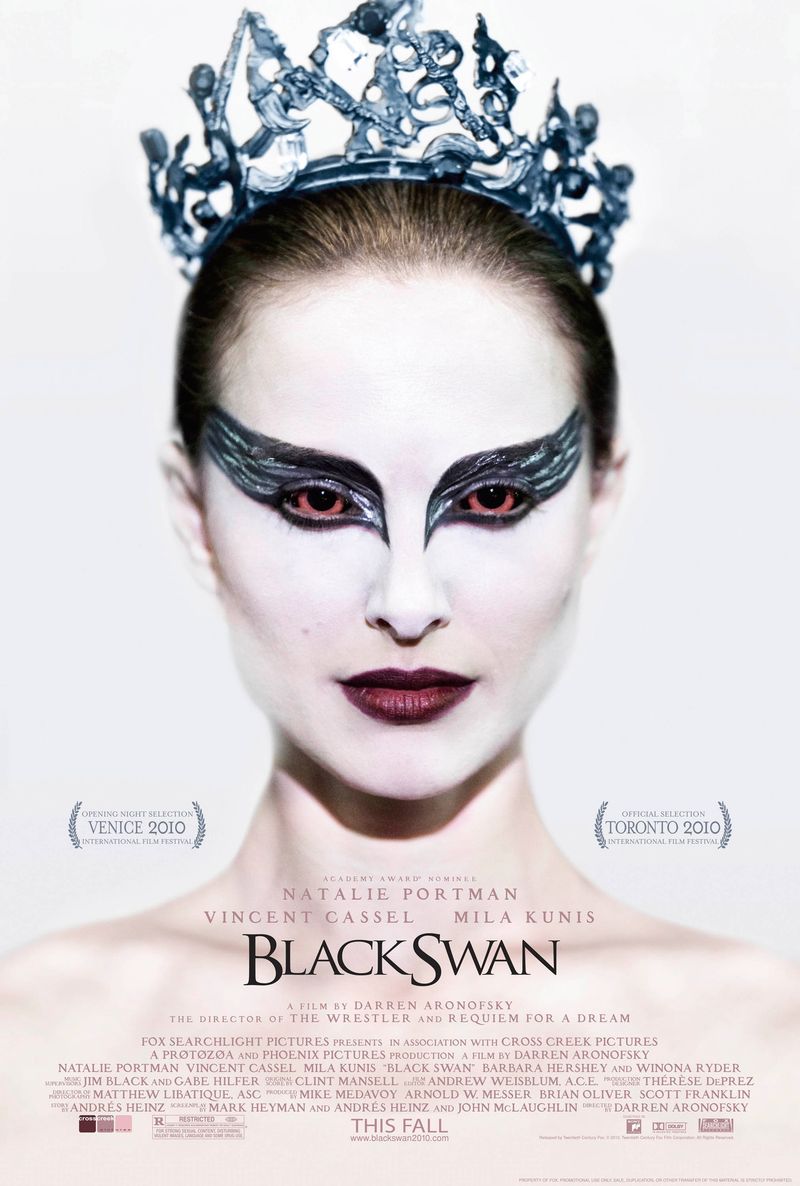
Nina’s descent into paranoia showcases how performance anxiety can consume someone entirely. Her hallucinations blur the line between reality and imagination, mirroring how anxiety distorts perception.
The physical toll appears through Nina’s skin-picking, disturbed eating, and exhaustion. Director Aronofsky uses mirrors throughout the film to symbolize how anxiety creates a fractured self-image and constant self-scrutiny.
The pressure to be perfect drives Nina’s anxiety to terrifying heights. This portrayal resonates with anyone who’s felt the weight of expectations crushing their ability to function normally, revealing how anxiety can transform ambition into torment when pushed to extremes.
4. A Beautiful Mind
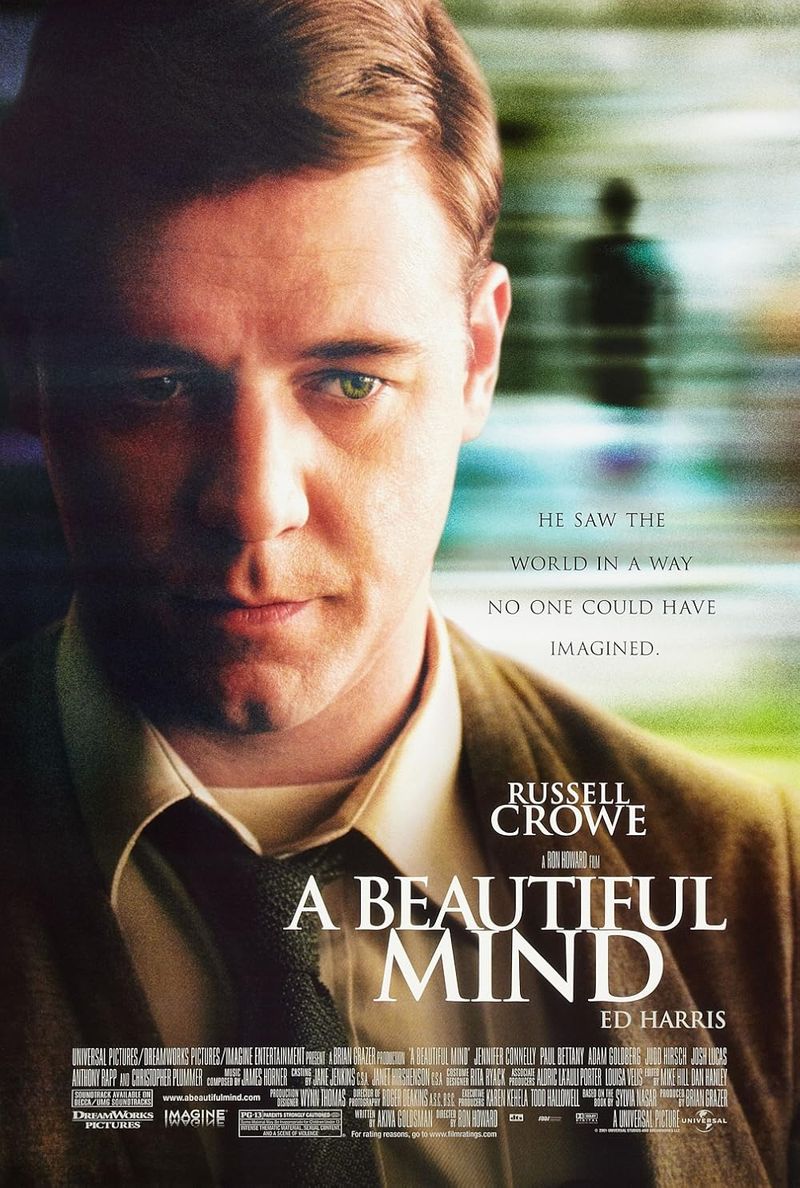
In John Nash’s world, brilliance and anxiety collide, and the film masterfully captures how paranoia constructs complex mental shields that feel completely genuine to those experiencing them.
Nash’s symptoms manifest through constant vigilance and pattern-seeking gone haywire. His anxiety convinces him of threats that aren’t there – a feeling familiar to anyone whose mind has ever spiraled with worries about unlikely disasters.
The movie’s power lies in showing Nash’s struggle to distinguish between his anxiety-fueled perceptions and reality. His journey demonstrates how managing severe anxiety requires tremendous courage and often depends on trusted relationships to provide perspective when our own minds cannot.
5. Inside Out
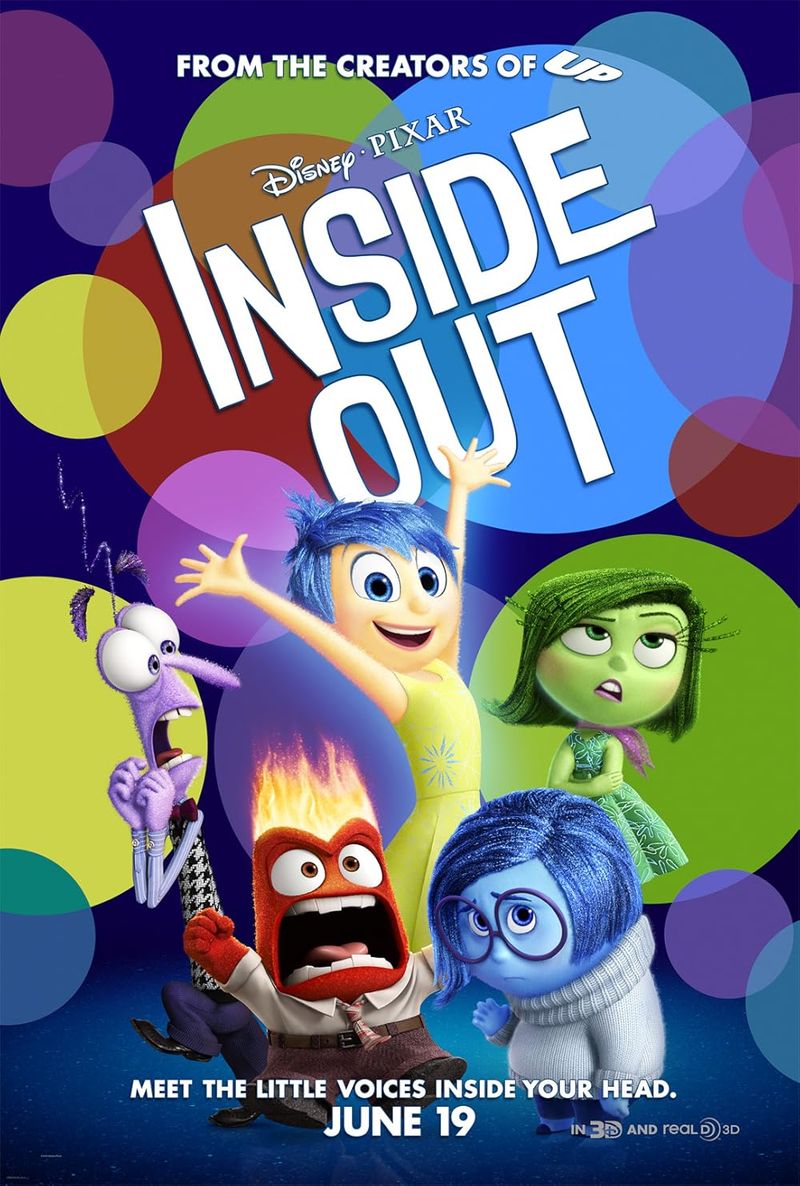
Anxiety takes animated form through Riley’s emotional landscape. The film brilliantly visualizes how anxiety works – when Fear takes control of the console, everything else gets pushed aside.
Riley’s move to a new city triggers anxiety that manifests as withdrawal, irritability, and numbness. The crumbling islands of personality perfectly represent how anxiety can make things you once enjoyed seem distant and inaccessible.
Though aimed at younger audiences, the film captures profound truths about emotional regulation. It shows that acknowledging anxiety rather than suppressing it is crucial for mental health, and that all emotions – even difficult ones – serve important purposes in our psychological wellbeing.
6. The Babadook
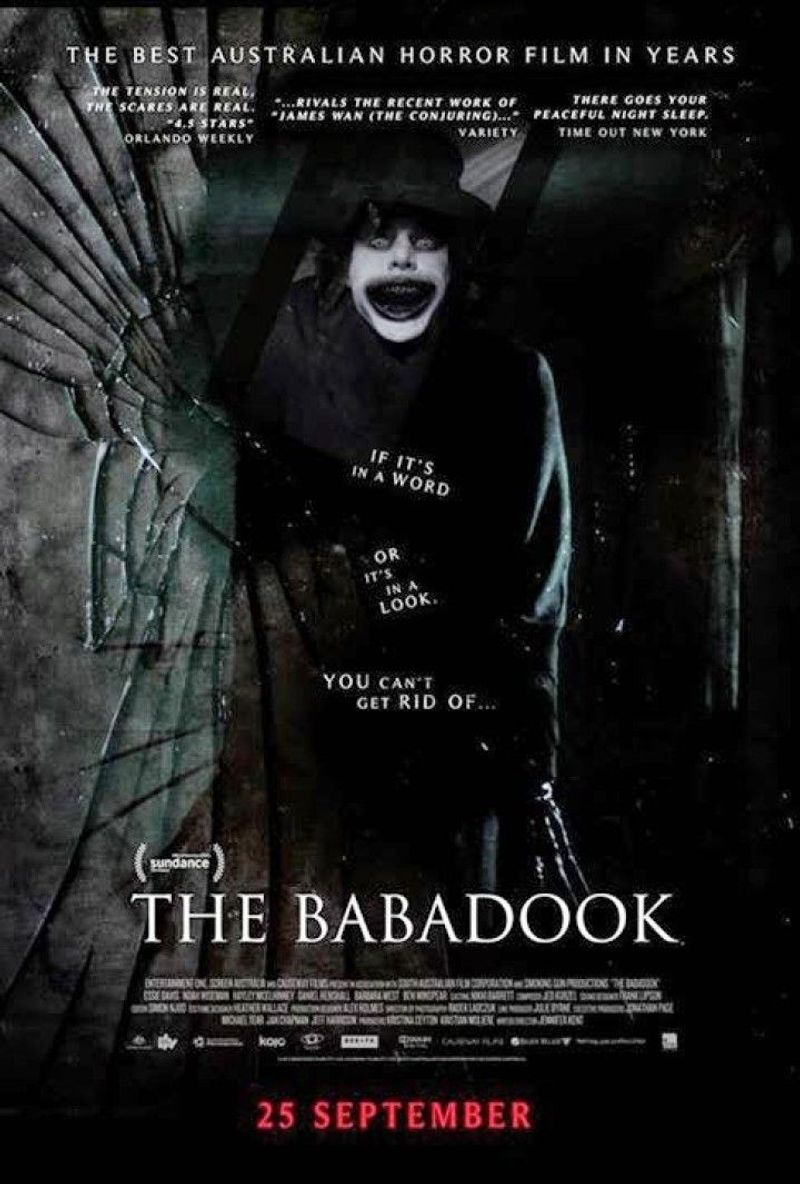
In this Australian film, horror becomes a powerful metaphor for anxiety, with the monster embodying intrusive thoughts and overwhelming dread that refuse to be ignored or escaped.
Amelia’s exhaustion, irritability, and hypervigilance mirror anxiety’s physical symptoms. Her isolation grows as others can’t see or understand the terror she faces daily – much like the invisible battle many anxiety sufferers wage.
The film’s genius lies in its resolution – Amelia doesn’t destroy the Babadook but learns to manage it. This reflects the reality that anxiety often can’t be eliminated completely but can be acknowledged and contained through ongoing effort and appropriate coping strategies.
7. Little Miss Sunshine
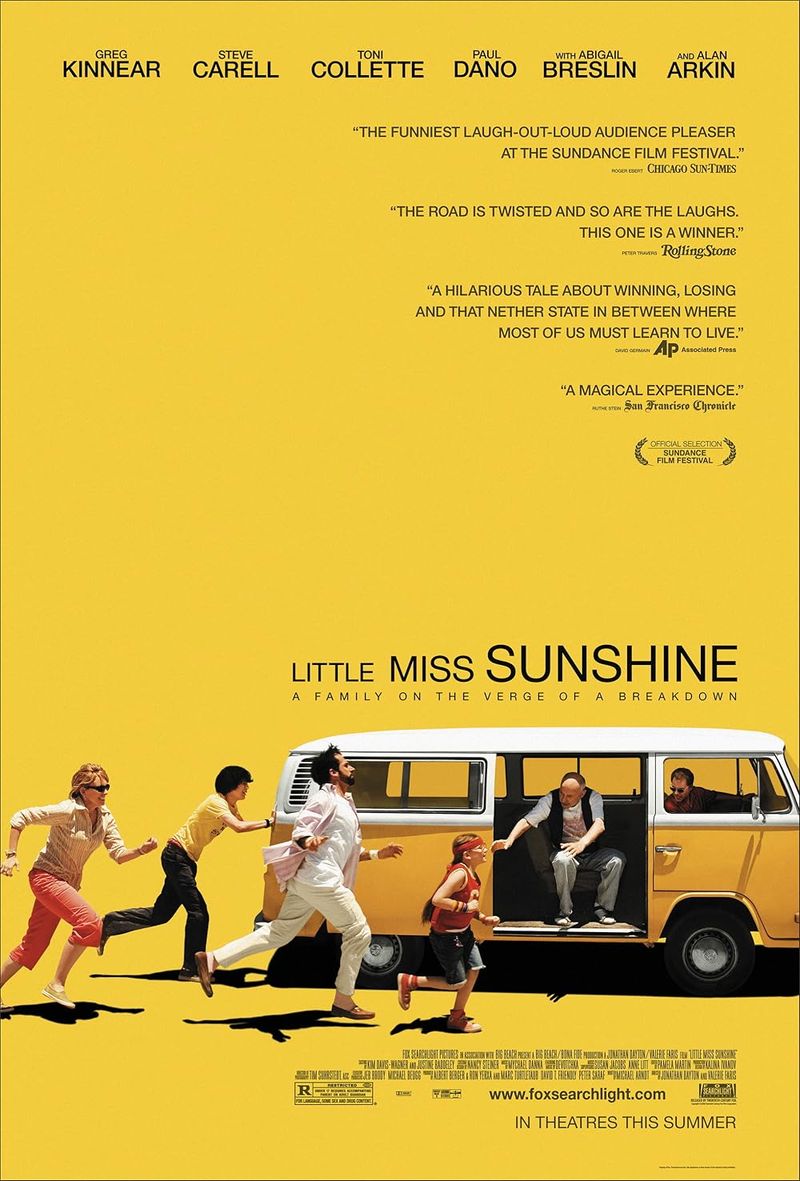
Richard’s obsession with success reveals anxiety’s competitive face. His constant measuring, comparing, and fear of failure drive behaviors that hurt both himself and his family.
Each character carries their own anxiety – from Dwayne’s selective mutism to Frank’s recovery from a suicide attempt. The cramped yellow van becomes a perfect symbol for how anxiety traps us with our fears and insecurities.
The beauty of this film lies in showing how anxiety exists alongside joy. The famous dance scene demonstrates how sometimes the best response to anxiety is to reject perfectionism and embrace messiness. Their collective courage to be vulnerable offers a powerful antidote to the isolation anxiety creates.
8. Eighth Grade
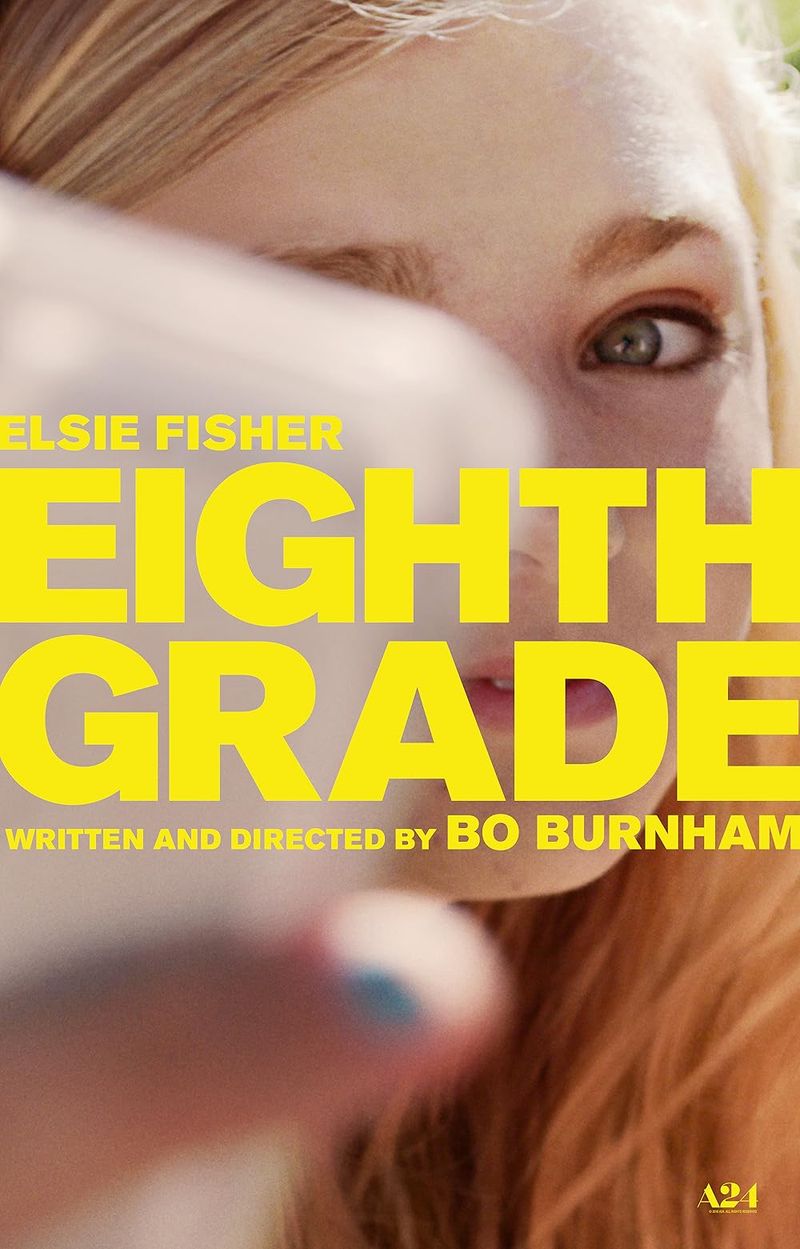
The gap between Kayla’s social media videos and her real-life anxiety is striking, showcasing the exhausting facade many anxiety sufferers wear to conceal their daily panic and social paralysis.
Pool party scenes brilliantly capture social anxiety’s physical sensations – the pounding heart, difficulty breathing, and feeling of everyone watching. The film’s use of overwhelming sound and close-up shots puts viewers directly into Kayla’s anxious experience.
Bo Burnham’s direction perfectly captures how social anxiety distorts time – awkward moments stretch endlessly while safe moments fly by. Kayla’s journey shows that growth happens not by eliminating anxiety but by gradually facing fears with self-compassion.
9. The Skeleton Twins
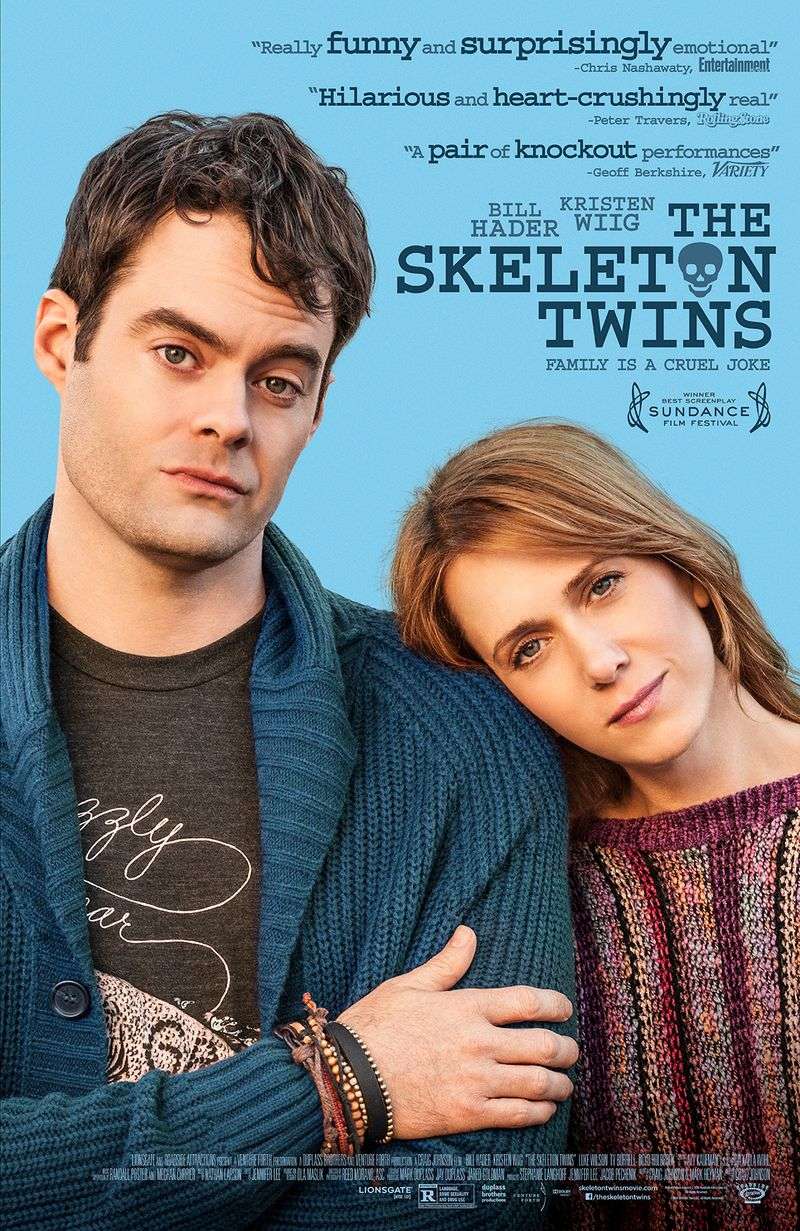
Sibling bonds complicated by shared anxiety create the emotional core of this film. Milo and Maggie’s self-destructive behaviors stem from anxiety they’ve never properly addressed, showing how unmanaged anxiety can lead to depression and suicidal thoughts.
Their coping mechanisms differ but serve the same purpose – numbing overwhelming feelings. Maggie’s perfectionism and Milo’s avoidance represent common but ultimately unsuccessful anxiety management strategies.
The film excels at showing how childhood experiences shape adult anxiety. Their lip-sync scene provides a rare moment of joy amidst struggle, demonstrating how connection with others who understand our anxiety can provide temporary but crucial relief from its constant pressure.
10. Girl, Interrupted
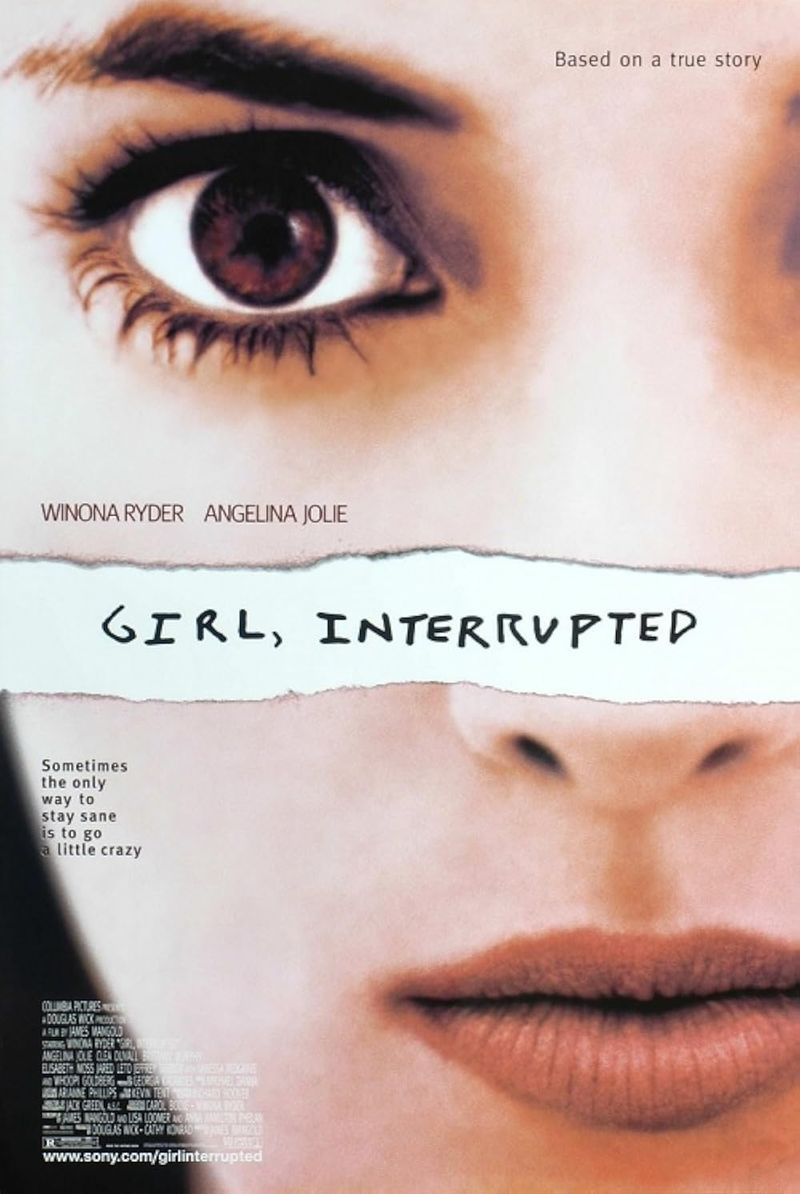
Susanna’s borderline personality disorder comes with intense anxiety that distorts her perception of time and relationships. Her journal entries reveal the racing thoughts and emotional turbulence that make consistent functioning impossible.
The psychiatric ward setting shows various manifestations of anxiety disorders. From Daisy’s OCD to Polly’s social anxiety, the film portrays mental health struggles with unusual honesty for its time.
The movie’s strength lies in showing recovery as a winding path rather than a straight line. Susanna’s journey illustrates how managing anxiety requires both professional help and personal determination to challenge distorted thinking patterns, even when that process is frightening and uncomfortable.
11. Melancholia
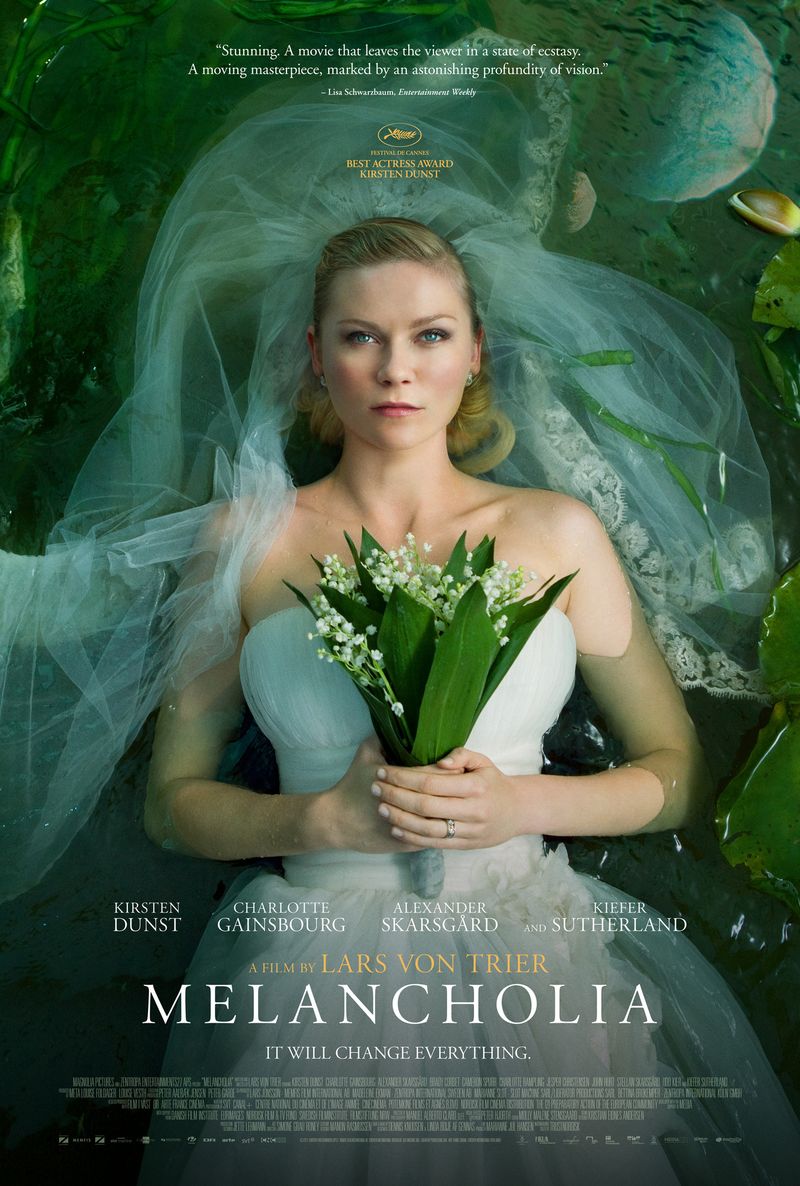
On her wedding day, Justine’s depression and anxiety weave a heavy cloud, pulling her into increasing detachment as her anxiety steals the joy from moments meant to be happy—a feeling many who suffer anxiety will know well.
Lars von Trier uses the approaching planet as the perfect metaphor for anxiety’s looming dread. The contrast between Justine’s initial paralysis and later calm acceptance reflects anxiety’s unpredictable nature.
The film brilliantly captures how anxiety can sometimes prepare us for crisis. While others panic at the approaching catastrophe, Justine’s familiarity with constant dread gives her unusual strength. This portrayal acknowledges that anxiety, while painful, sometimes develops as an adaptive response to uncertainty.
12. Take Shelter
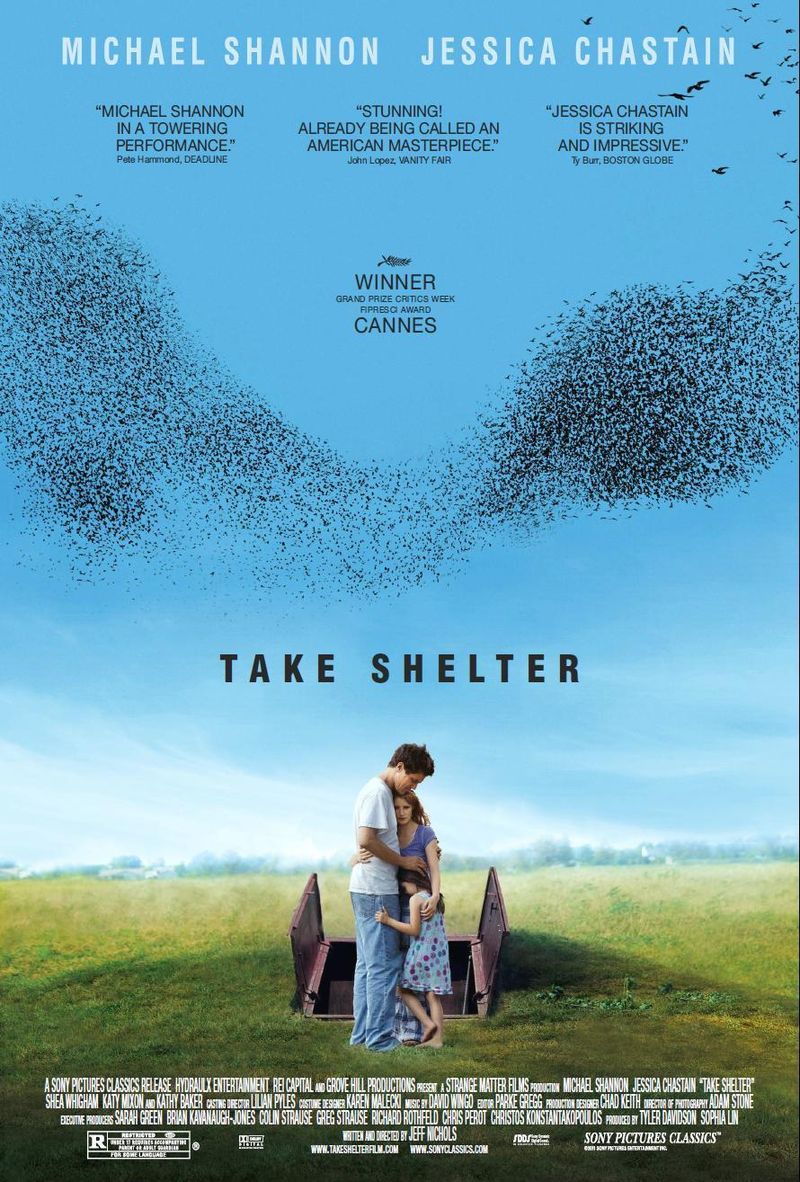
Caught between prophecy and paranoia, Curtis’s visions fuel his rising anxiety, manifesting in haunting nightmares and an urgent drive to protect his loved ones from threats invisible to everyone else.
The storm shelter becomes a physical representation of anxiety’s protective function. Curtis’s struggle to determine whether his fears are rational or symptoms of mental illness mirrors the confusion many anxiety sufferers experience.
Michael Shannon’s performance captures the physical toll of constant vigilance – the exhaustion, irritability, and isolation. The film’s power comes from showing how anxiety can feel completely reasonable to the sufferer even while appearing irrational to others, creating a painful disconnect from loved ones.
13. It’s Kind of a Funny Story
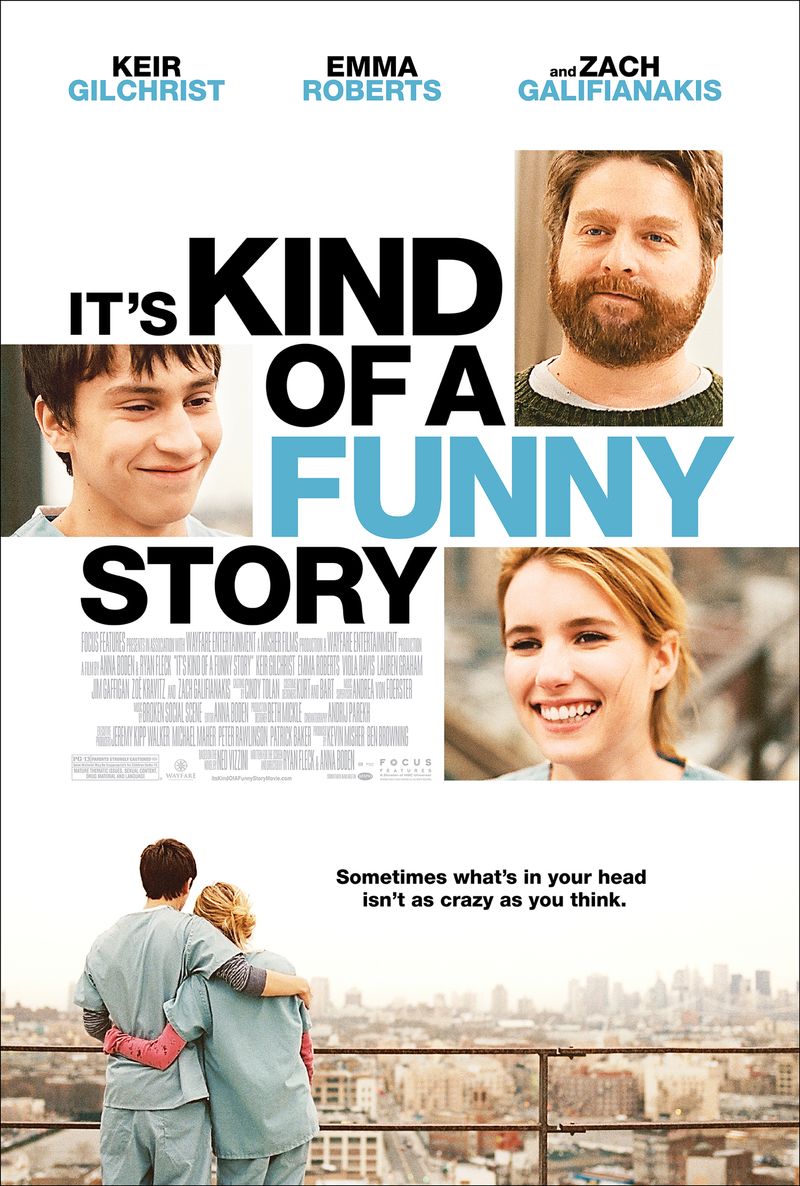
Craig checks himself into a psychiatric ward when his anxiety and suicidal thoughts become overwhelming. The film captures the crushing pressure teenagers face – academic expectations, social hierarchies, and uncertain futures – that can trigger debilitating anxiety.
His experience in the hospital reveals anxiety’s many faces. From his roommate’s fear of leaving to the various patients’ compulsions and phobias, the film presents mental health struggles without sensationalism.
The art therapy scenes show how creative expression can help externalize anxious thoughts. Craig’s journey demonstrates that healing begins with honest communication and finding purpose beyond perfectionism – a valuable message for young people struggling with anxiety.
14. Her
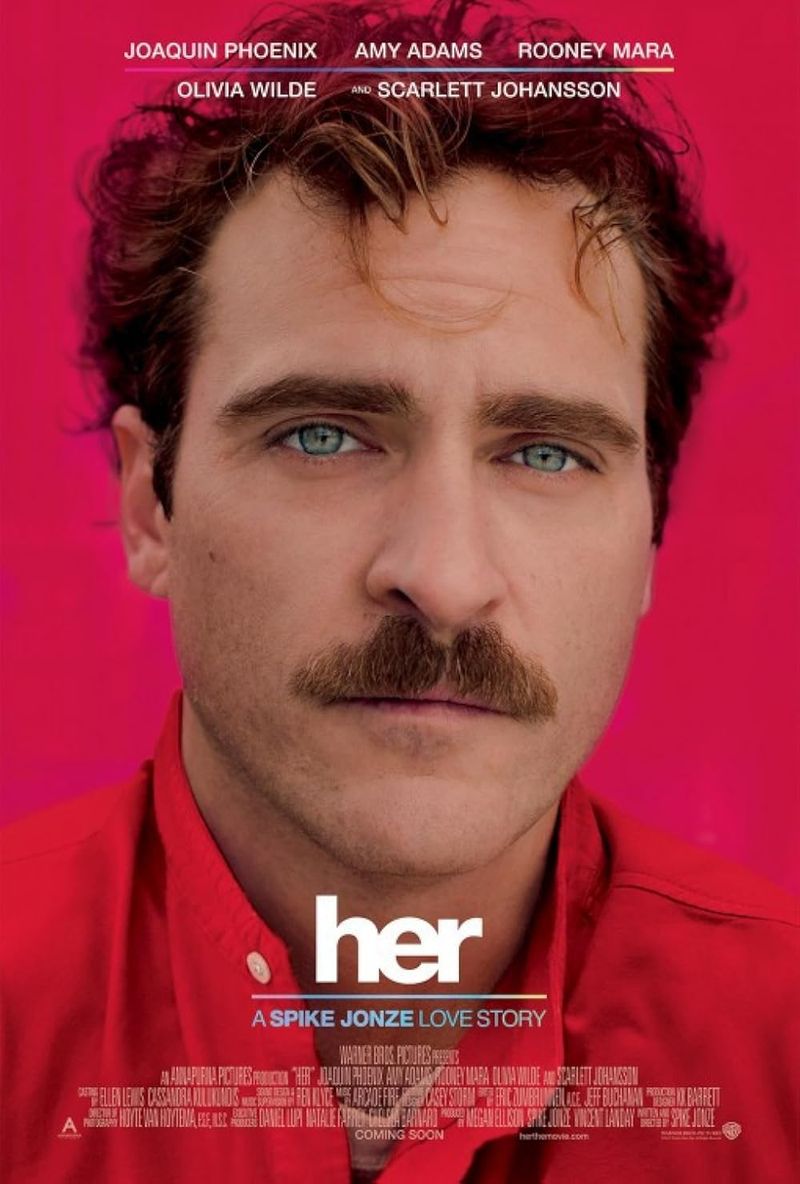
Theodore’s social anxiety manifests as withdrawal from human connection after his divorce. His relationship with an AI system reveals how technology can both soothe and intensify anxiety by creating the illusion of intimacy without vulnerability.
The film’s muted color palette and sparse settings mirror the emotional numbness anxiety often creates. Theodore’s job writing personal letters for others symbolizes his comfort maintaining emotional distance while facilitating others’ connections.
Joaquin Phoenix brilliantly portrays anxiety’s physical awkwardness – the hesitation in conversation, the relief in escaping social situations. The story ultimately suggests that while technology might temporarily ease anxiety’s discomfort, genuine human connection requires facing the very fears anxiety tells us to avoid.
15. Anomalisa
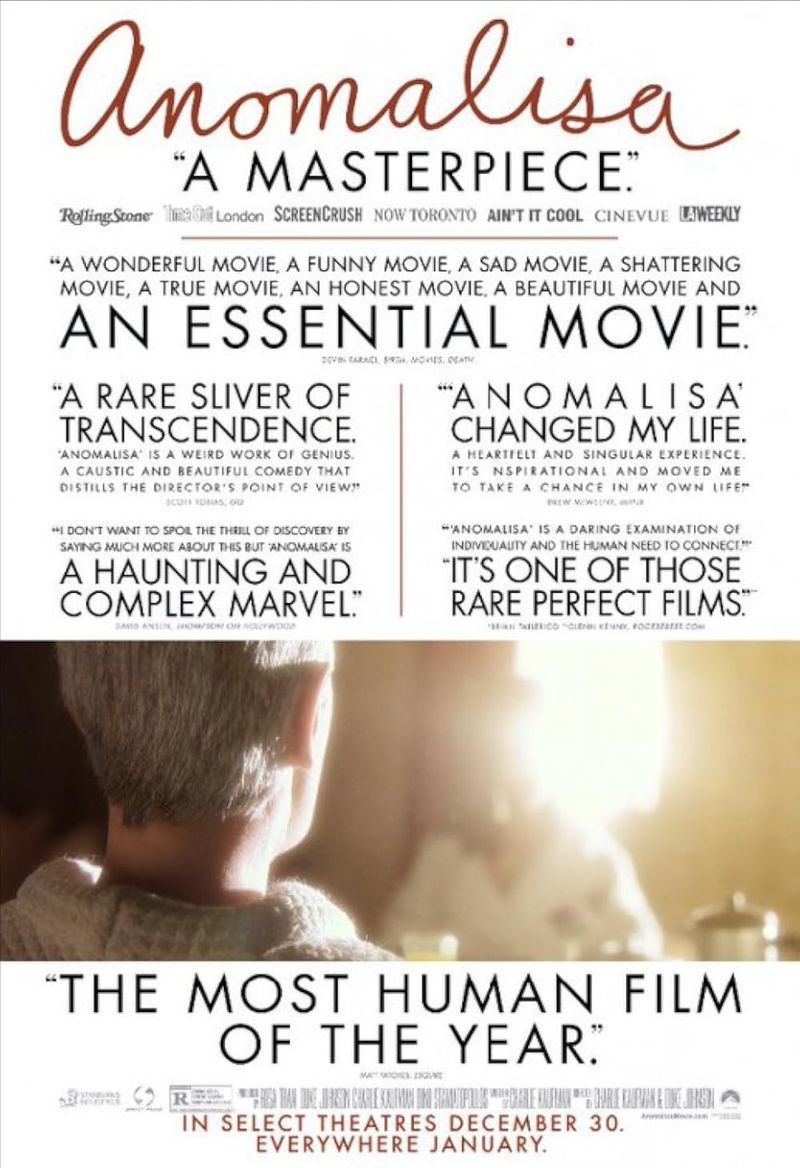
Through Michael’s distorted perception of those around him, the film captures how anxiety can warp human connection, reflecting the numbness and detachment that frequently accompany it.
The stop-motion animation creates an uncanny valley effect that mirrors how anxiety makes familiar situations feel strange and threatening. Michael’s mounting panic during ordinary interactions – ordering room service, attending a conference – shows how anxiety can make simple tasks exhausting.
The film’s hotel setting emphasizes the transience and isolation anxiety creates. Michael’s brief connection with Lisa shows how anxiety can temporarily lift when we find someone who breaks through our defenses, while the ending acknowledges the ongoing nature of anxiety management.
16. The Aviator
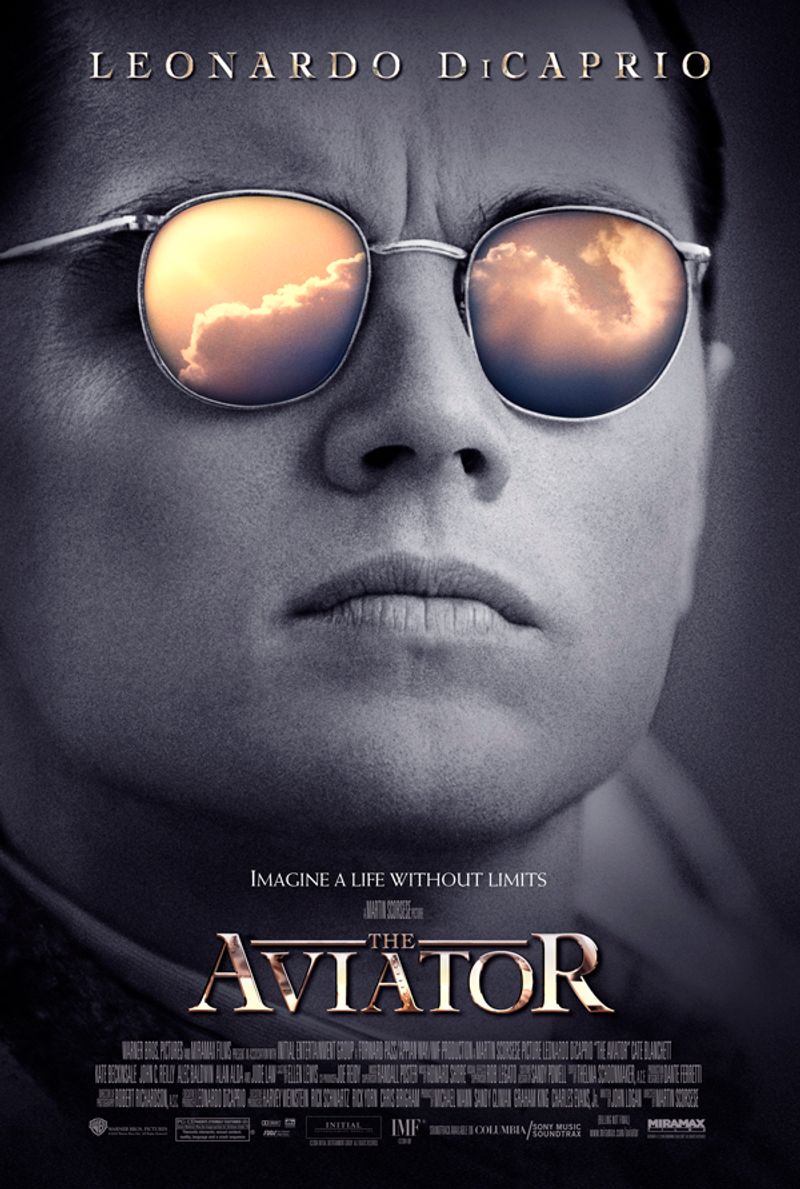
The decline of Howard Hughes’ mental health paints a vivid picture of OCD and anxiety at their worst, with repetitive behaviors and fears transforming from quirks into imprisoning rituals that cut him off from the world.
Scorsese masterfully visualizes Hughes’ anxiety through increasingly claustrophobic camera work. The infamous milk bottles scene shows how anxiety and compulsions can completely overtake rational thought, creating rules that make perfect sense to the sufferer while appearing bizarre to others.
The film’s strength lies in showing how Hughes functioned at an extraordinarily high level despite his anxiety. This portrayal reminds viewers that mental health struggles don’t preclude achievement, though untreated anxiety often exacts a devastating personal toll regardless of external success.
17. Lost in Translation
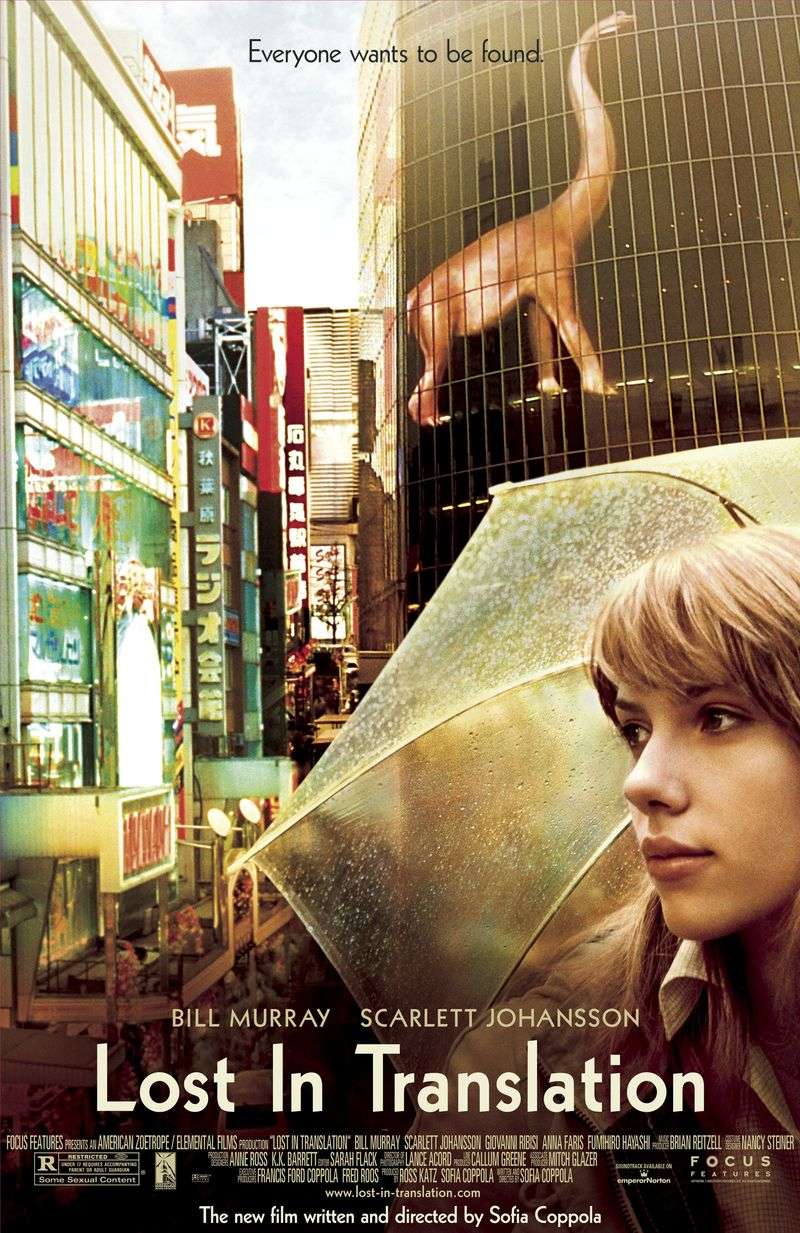
The quiet desperation of Bob and Charlotte in Tokyo reflects a profound existential anxiety, their insomnia and aimlessness mirroring the turmoil of questioning where they belong in the grand scheme of life.
The foreign setting amplifies their internal disorientation. Language barriers and cultural differences externalize the communication difficulties anxiety creates even in familiar environments.
Sofia Coppola uses silence and space to convey the emptiness anxiety can create within relationships. The film’s power comes from showing how shared anxiety can create profound connection – Bob and Charlotte find comfort not in solving each other’s problems but in acknowledging their shared human struggle to find purpose and peace amid life’s uncertainties.

Comments
Loading…